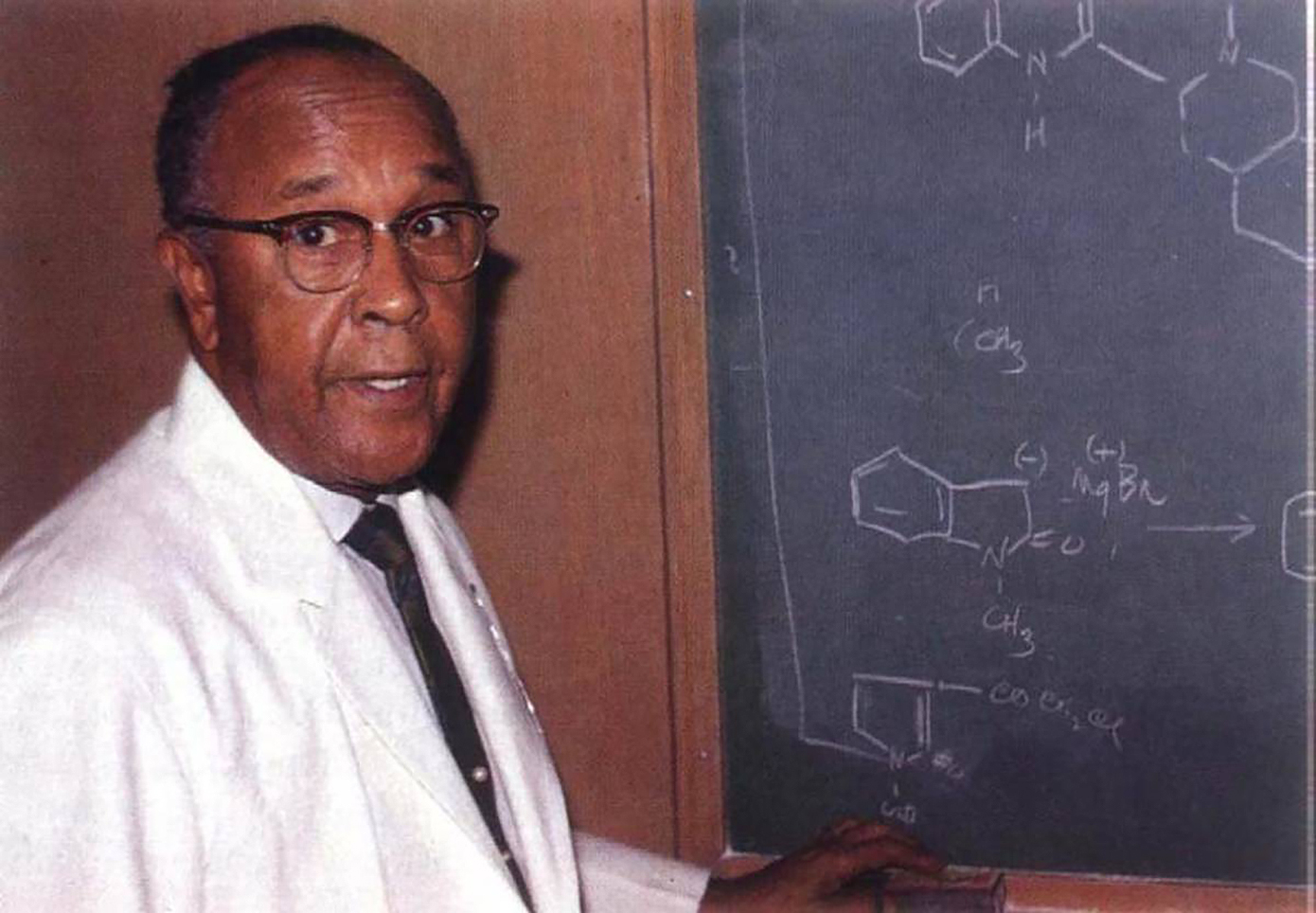Percy Lavon Julian (1899–1975) was an American research chemist and a pioneer in the chemical synthesis of medicinal drugs from plants. His work laid the foundation for many breakthroughs in pharmaceuticals, and he is celebrated for overcoming racial barriers to become one of the most influential scientists of the 20th century.
Born on April 11, 1899, in Montgomery, Alabama, Julian was the grandson of former slaves. His parents, Elizabeth Lena Adams and James Sumner Julian emphasized the importance of education despite the pervasive racial segregation of the era. Julian attended the local public schools, but the educational opportunities for African Americans were severely limited. Determined to pursue higher education, he enrolled at DePauw University in Greencastle, Indiana, where he worked as a janitor to pay for his tuition. Despite these challenges, Julian graduated as valedictorian of his class in 1920.
I have learned that success is to be measured not so much by the position that one has reached in life as by the obstacles which he has had to overcome while trying to succeed.
Percy Julian
After earning his bachelor’s degree, Julian faced significant barriers in his pursuit of a graduate education due to racial discrimination. He briefly taught at Fisk University before receiving a scholarship to attend Harvard University, where he completed a master’s degree in chemistry in 1923. However, due to the prevailing racial prejudices, Julian was not offered a teaching assistantship or the opportunity to pursue a Ph.D. at Harvard. He then went on to the University of Vienna in Austria, where he earned his Ph.D. in 1931.
Julian’s early research focused on plant-derived compounds. While at DePauw University, he conducted groundbreaking work on the synthesis of physostigmine, a drug used to treat glaucoma. This achievement garnered him international recognition and demonstrated his exceptional skill in organic chemistry. Despite his accomplishments, Julian faced difficulty securing an academic position due to racial discrimination. He eventually found a position at Howard University, a historically black university, where he continued his research.
In 1936, Julian joined the Glidden Company in Chicago as the director of research in the Soya Products Division. At Glidden, he developed a method to isolate and produce large quantities of soy protein, which was used to create Aero-Foam, a fire-extinguishing foam used by the U.S. Navy during World War II. This innovation saved countless lives and marked one of Julian’s significant contributions to industrial chemistry.
Success is not final, failure is not fatal: It is the courage to continue that counts.
Percy Julian
Julian’s most notable scientific achievements came in the field of steroid chemistry. He developed an efficient process for synthesizing cortisone, progesterone, and testosterone from soybeans and yams. These advancements made steroid hormones more affordable and accessible, revolutionizing the treatment of conditions such as rheumatoid arthritis and hormonal imbalances. His work earned him more than 130 chemical patents and numerous accolades.
Despite his professional success, Julian’s personal life was fraught with challenges due to racism. He faced threats and hostility, especially after moving to Oak Park, Illinois, an affluent suburb of Chicago. Nonetheless, he remained an active advocate for civil rights and worked to improve opportunities for African Americans in science and industry.
Percy Julian’s legacy extends beyond his scientific achievements. He was a pioneer who broke down racial barriers in the scientific community and served as a role model for future generations of African American scientists. Julian’s contributions to chemistry have had a lasting impact on medicine and industry, and his life story remains a testament to perseverance, resilience, and excellence in the face of adversity. He passed away on April 19, 1975, leaving behind a legacy of innovation and inspiration.
